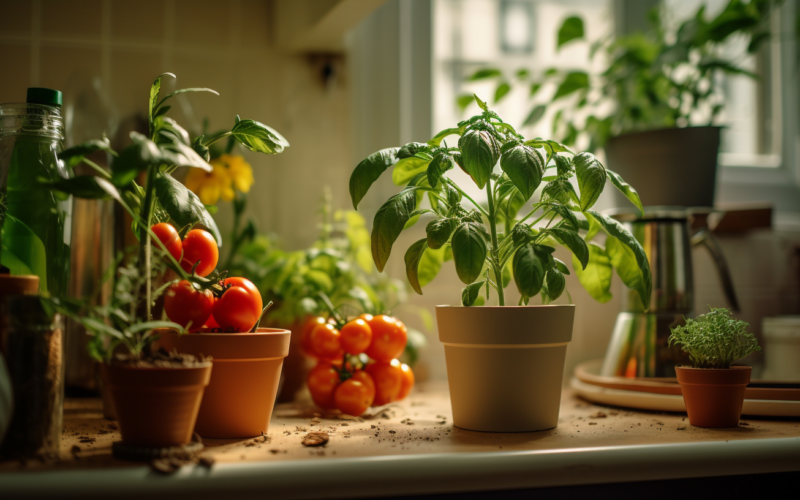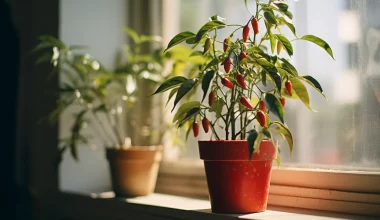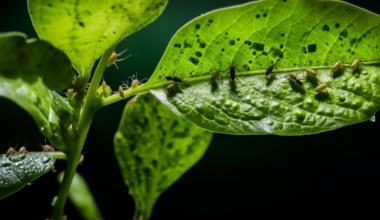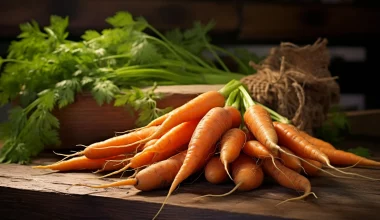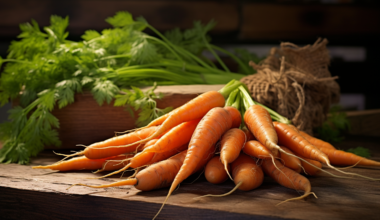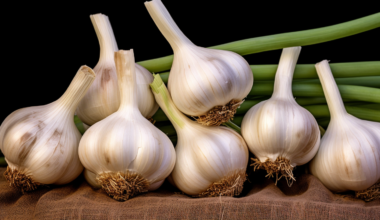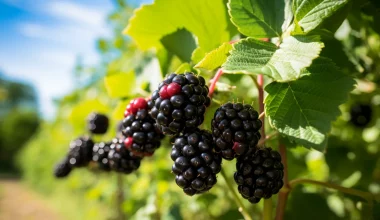Have you ever considered growing your own vegetables but don’t have an outdoor space? Fear not! Indoor gardening is a fantastic way to cultivate your own fresh produce, right within the confines of your home. This comprehensive guide will help you navigate the ins and outs of growing vegetables indoors.
Introduction
Indoor gardening can be a rewarding, therapeutic hobby. It’s not just for those lacking outdoor space, but also for those who want fresh produce year-round, regardless of the weather outside. From leafy greens to vibrant bell peppers, the options for indoor gardening are vast and exciting.
Understanding Indoor Gardening
Firstly, let’s dispel a myth – you don’t need a green thumb to start an indoor garden. You just need patience, a bit of research, and the understanding that success and setbacks are both part of the gardening journey.
Indoor gardening is essentially growing plants within your living spaces. This includes vegetables, fruits, herbs, and even ornamental plants. The main advantages of indoor gardening include year-round growing, better control over growing conditions, and the joy of having fresh, home-grown produce at your fingertips.
Practical Steps to Grow Vegetables Indoors
Here, we outline practical steps to create your indoor vegetable garden. Don’t worry if you’re a beginner. This guide is designed to help you start your indoor gardening adventure with confidence.
1. Selecting Suitable Vegetables
The first step in your indoor gardening journey is choosing the right vegetables to grow. Not all vegetables are suitable for indoor gardening, and success largely depends on choosing the right plants. Some of the easiest vegetables to grow indoors include:
- Leafy greens like spinach, kale, and lettuce
- Radishes
- Tomatoes
- Peppers
- Carrots
- Green onions
- Herbs like basil, parsley, and chives
2. Choosing the Right Containers
Once you’ve chosen your vegetables, you’ll need containers to grow them in. Ensure the containers are deep enough for the vegetables’ roots, have drainage holes, and are sturdy. From simple pots to complex hydroponic systems, the type of container depends on your space, budget, and the vegetable you’re growing.
3. The Importance of Good Quality Soil
For indoor gardening, a high-quality potting mix is essential. Regular garden soil can bring pests and diseases into your home, and it may not provide the ideal structure for container plants. Choose a potting mix that’s lightweight, well-draining, and enriched with compost or slow-release fertiliser.
4. Watering Indoor Vegetables
The watering needs of indoor plants are different from those grown outdoors. As a general rule, you should water your indoor vegetables when the top inch of the soil feels dry. However, the frequency will depend on the vegetable, the size of the container, and the indoor environment. Remember, overwatering is a common pitfall in indoor gardening, so it’s better to err on the side of caution.
5. Providing Adequate Light
Indoor vegetables need a lot of light – at least 6-8 hours a day. South-facing windows are often the best spots for indoor vegetables. If you don’t have a suitable natural light source, consider using grow lights. They can provide the full spectrum of light that plants need and are especially useful in the darker months.
6. Temperature and Humidity
Most indoor vegetables prefer a temperature between 65 and 75 degrees Fahrenheit (18 – 24 degrees Celsius). Be wary of placing plants too close to radiators or draughty windows. Similarly, indoor air can be quite dry, especially in winter. Consider using a humidifier, or group your plants together to create a more humid microclimate.
7. Fertilising Your Plants
Indoor plants can’t draw nutrients from the earth, so they rely on you to provide them. Use a balanced, water-soluble fertiliser, and follow the package instructions. Too much fertiliser can harm your plants, so remember the adage: less is more.
8. Regularly Monitoring Your Plants
Finally, keep an eye on your plants. Indoor plants are not immune to pests and diseases. Regularly inspect the leaves, stems, and soil for any signs of distress. The quicker you catch a problem, the easier it is to resolve.
Wrapping Up
Indoor gardening can be a delightful endeavour, yielding the literal fruits (and vegetables) of your labour. Start simple, perhaps with some herbs or leafy greens, and gradually expand your indoor garden as your confidence grows. Remember, gardening is a process of learning and growing – for both you and your plants.
